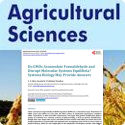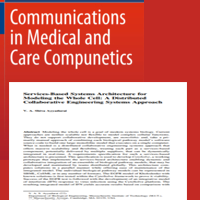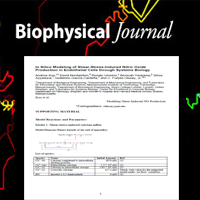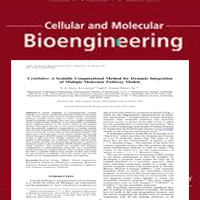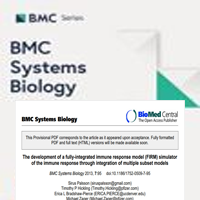Our Publications

Information about development of CytoSolve® has evinced keen interest among the research community world-wide. A number of papers have been written on the CytoSolve® platform and its components. Researchers in the fields of computational biology and development of drug and treatment plans are using CytoSolve® to build their thesis.
You can view and read papers published on CytoSolve® and papers published by other researchers that cite CytoSolve® on this page.
Papers
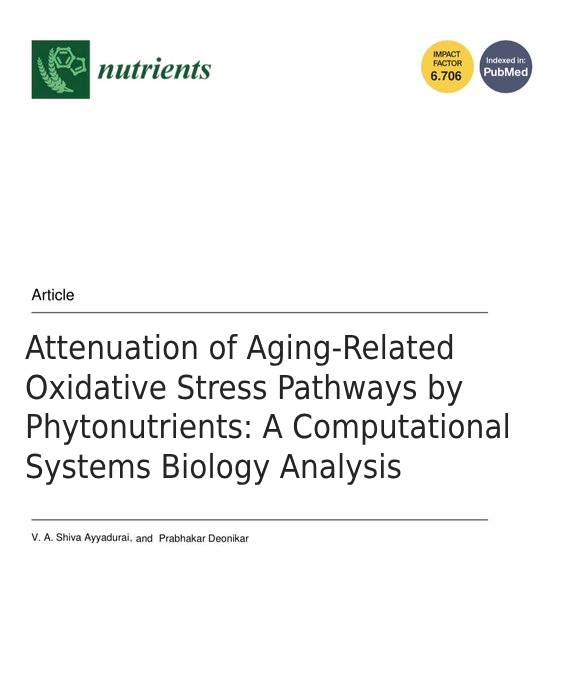
Aging results from gradual accumulation of damage to the cellular functions caused by biochemical processes such as oxidative stress, inflammation-driven prolonged cellular senescence state, immune system malfunction, psychological stress, and epigenetic changes due to exposure to environmental toxins. Plant-derived bioactive molecules have been shown to ameliorate the damage from oxidative stress. This research seeks to uncover the mechanisms of action of how phytochemicals from fruit/berry/vegetable (FBV) juice powder mitigate oxidative stress. The study uses a computational systems biology approach to (1) identify biomolecular pathways of oxidative stress; (2) identify phytochemicals from FBV juice powder and their specific action on oxidative stress mechanisms; and (3) quantitatively estimate the effects of FBV juice powder bioactive compounds on oxidative stress. The compounds in FBV affected two oxidative stress molecular pathways: (1) reactive oxygen species (ROS) production and (2) antioxidant enzyme production. Six bioactive compounds including cyanidin, delphinidin, ellagic acid, kaempherol, malvidin, and rutin in FBV significantly lowered production of ROS and increased the production of antioxidant enzymes such as catalase, heme oxygenase-1, superoxide dismutase, and glutathione peroxidase. FBV juice powder provides a combination of bioactive compounds that attenuate aging by affecting multiple pathways of oxidative stress.
Molecular systems architecture of host-microbiome interactions in periodontitis
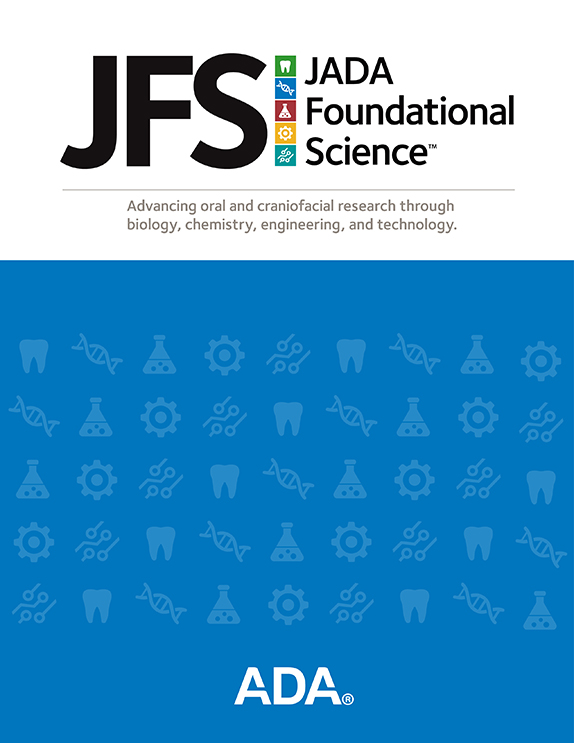
A molecular systems architecture is developed to provide a visual framework for comprehending the complexity of molecular interactions across the 8 cell types involved in periodontitis pathogenesis. The resulting architecture may be used for target identification and discovery of single and multicombination therapeutics to treat periodontitis more effectively.
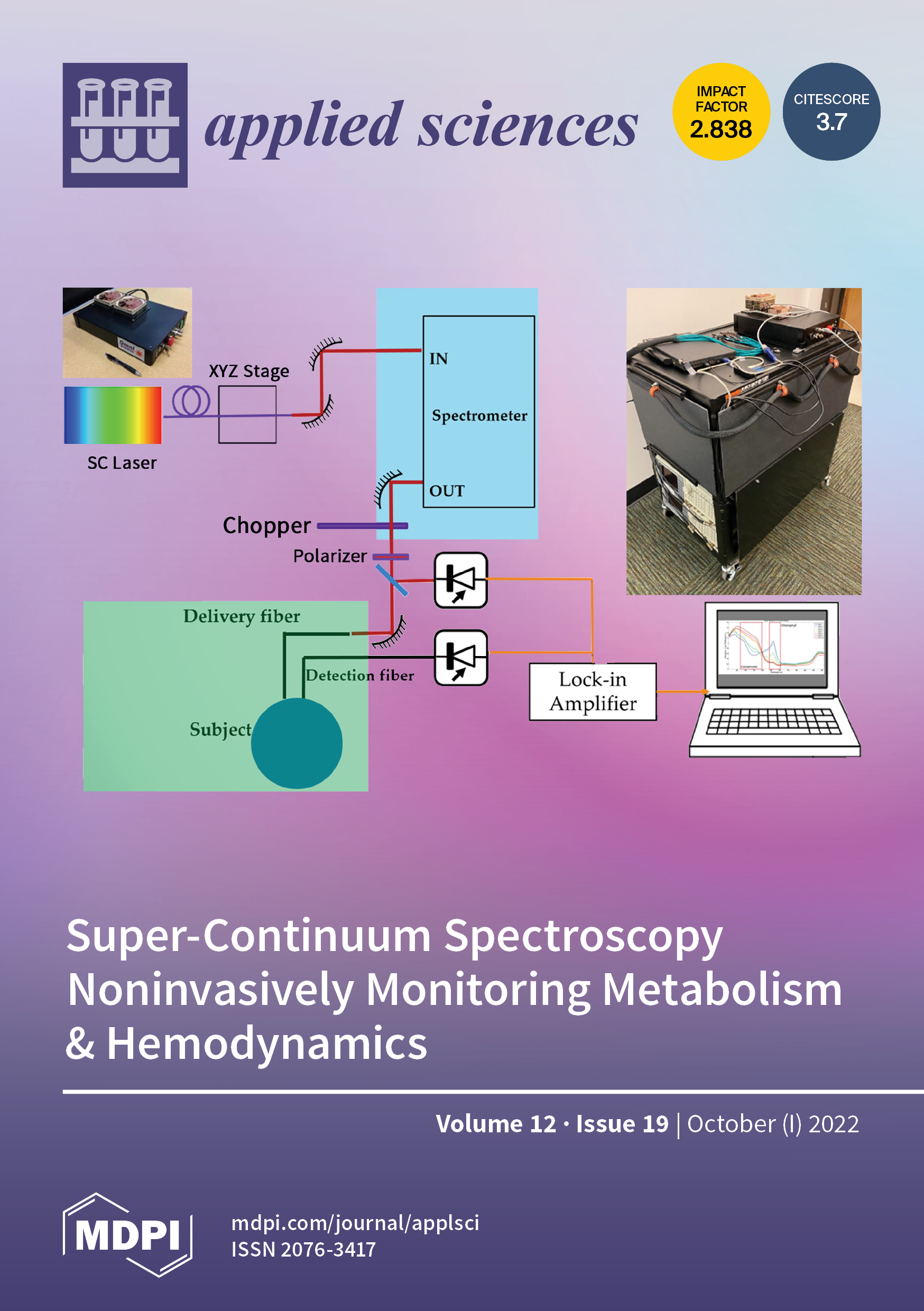
The quantification of synergistic effects of multi-combination compounds is critical in developing “cocktails” that are efficacious. In this research, a method for in silico modeling and the quantification of synergistic effects of multi-combination compounds is applied for assessing a combination of phytonutrients for joint pain. Joint pain is the most prominent and disabling symptom of arthritis. Arthritic pain leads to a reduced quality of life. This research explores the efficacy of a synergistic combination of two plant-based flavonoids—apigenin and hesperidin—on joint pain. The study employs computational systems biology: (1) to identify biomolecular mechanisms of joint pain; (2) to identify the specific effects of apigenin and hesperidin, individually and in combination, on the mechanisms of joint pain; and (3) to predict the quantitative effects of apigenin and hesperidin, individually and in combination, on joint pain and whether these combination effects are synergistic or additive. Four molecular pathways that are affected by apigenin and hesperidin include the following: (1) arachidonic acid metabolism, (2) PGE2 signaling, (3) COX-2 synthesis, and (4) oxidative stress. The combination of apigenin and hesperidin significantly lowered PGE2 production, CGRP production, TRVP-1 synthesis, COX-2 production, and reactive oxygen species (ROS) production. Our results indicate that the apigenin and hesperidin combination synergistically affected four of the five modalities to attenuate joint pain.

Liver and muscle health are intimately connected. Nutritional strategies that support liver detoxification are beneficial to muscle recovery. Computational–in silico–molecular systems’ biology analysis of supplementation of calcium and potassium glucarate salts and their metabolite D-glucaric acid (GA) reveals their positive effect on mitigation of liver detoxification via four specific molecular pathways: (1) ROS production, (2) deconjugation, (3) apoptosis of hepatocytes, and (4) β-glucuronidase synthesis. GA improves liver detoxification by downregulating hepatocyte apoptosis, reducing glucuronide deconjugates levels, reducing ROS production, and inhibiting β-Glucuronidase enzyme that reduces re-absorption of toxins in hepatocytes. Results from this in silico study provide an integrative molecular mechanistic systems explanation for the mitigation of liver toxicity by GA.

Low-grade chronic inflammation (LGCI) is a strong and independent risk factor for many chronic diseases, like cardiovascular, musculoskeletal, metabolic, and neurological conditions. Dietary intervention studies have reported evidence for the role of plant-derived flavonoids in modulation of LGCI. This research explores the efficacy of Fruit/Berry/Vegetable (FBV) juice powder on LGCI.
Molecular Systems Architecture of Interactome in the Acute Myeloid Leukemia Microenvironment
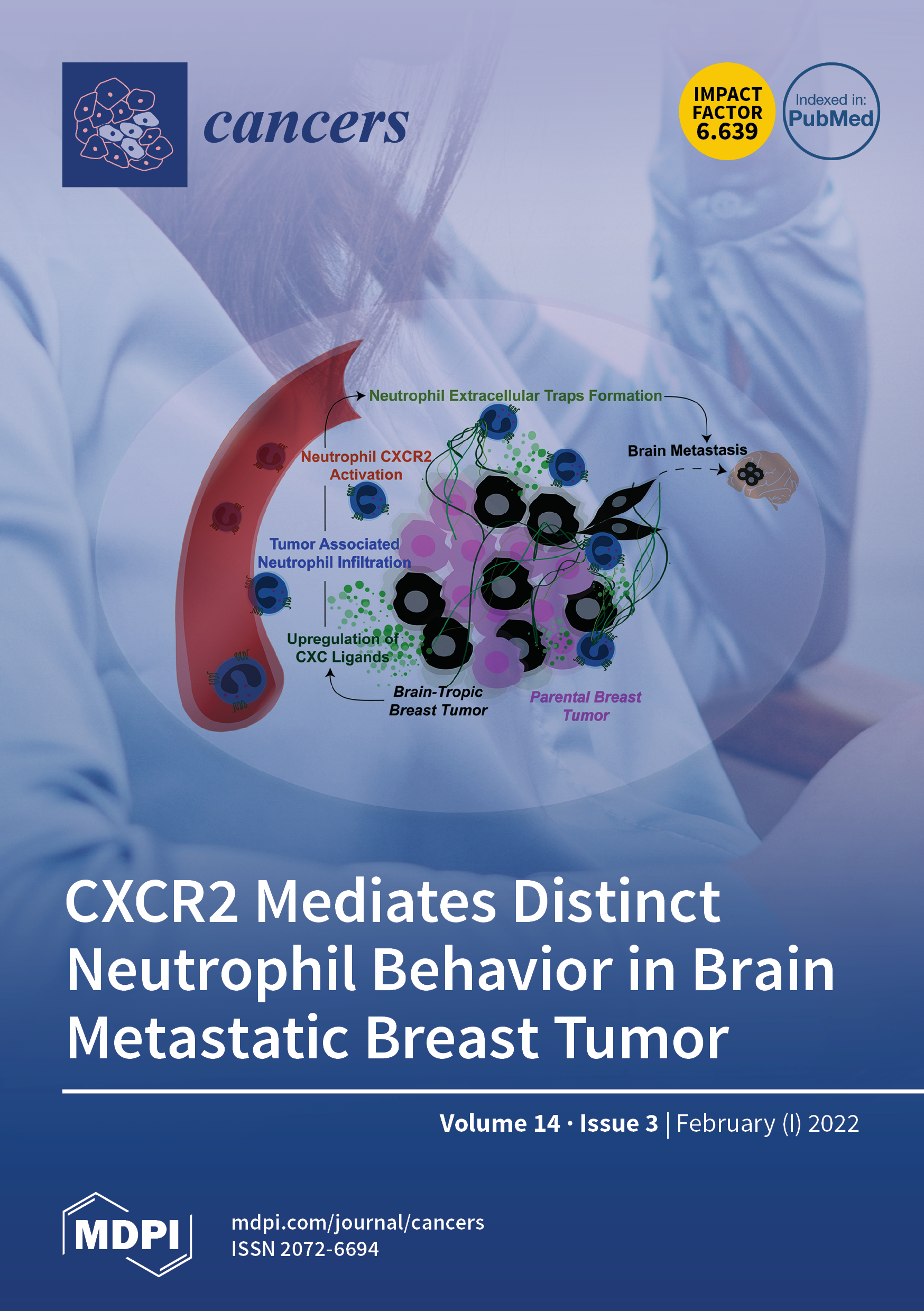 In this study, a molecular systems architecture is presented for acute myeloid leukemia (AML) to provide a framework for organizing the complexity of biomolecular interactions.
In this study, a molecular systems architecture is presented for acute myeloid leukemia (AML) to provide a framework for organizing the complexity of biomolecular interactions.

Green tea (Camellia sinensis) has bioactive compounds that have been shown to possess nutritive effects on various biomolecular processes such as immunomodulation. This research explores the immunomodulatory effects of green tea in reducing transplant rejection.
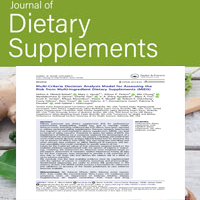
Military personnel use dietary supplements (DS) for performance enhancement, bodybuilding, weight loss, and to maintain health. Adverse events, including cardiovascular (CV) effects, have been reported in military personnel taking supplements. Previous research determined that ingestion of multi-ingredient dietary supplements (MIDS), can lead to signals of safety concerns.
This study advances previous efforts towards development of computational systems biology, in silico, methods for biosafety assessment of genetically modified organisms (GMOs). C1 metabolism is a critical molecular system in plants, fungi, and bacteria. In our previous research, critical molecular systems of C1 metabolism were identified and modeled using CytoSolve?, a platform for in silico analysis.
Safety assessment of genetically modified organisms (GMOs) is a contentious topic. Proponents of GMOs assert that GMOs are safe since the FDA’s policy of substantial equivalence considers GMOs “equivalent” to their non-GMO counterparts, and argue that genetic modification (GM) is simply an extension of a “natural” process of plant breeding, a form of “genetic modification”, though done over longer time scales.
Integrative Modeling of Oxidative Stress and C1 Metabolism Reveals Upregulation of Formaldehyde and Downregulation of Glutathione
 This research provides, to the authors’ knowledge, the first integrative model of oxidative stress and C1 metabolism in plants. Increased oxidative stress can cause irreversible damage to photosynthetic components and is harmful to plants. Perturbations at the genetic level may increase oxidative stress and upregulate antioxidant systems in plants.
This research provides, to the authors’ knowledge, the first integrative model of oxidative stress and C1 metabolism in plants. Increased oxidative stress can cause irreversible damage to photosynthetic components and is harmful to plants. Perturbations at the genetic level may increase oxidative stress and upregulate antioxidant systems in plants.
In Silico Modeling of C1 Metabolism
 This paper provides an integrative computational, in silico, model of C1 metabolism is developed from molecular pathway systems identified from a recent, comprehensive systematic bioinformatics review of C1 metabolism.
This paper provides an integrative computational, in silico, model of C1 metabolism is developed from molecular pathway systems identified from a recent, comprehensive systematic bioinformatics review of C1 metabolism.
Discovery of Key Molecular Pathways of C1 Metabolism and Formaldehyde Detoxification in Maize
 This paper explores a methodological process to identify key molecular pathways from systematic bioinformatics literature review. This process is used to identify molecular pathways for a ubiquitous molecular process in all plant biological systems: C1 metabolism and formaldehyde detoxification, specific to maize.
This paper explores a methodological process to identify key molecular pathways from systematic bioinformatics literature review. This process is used to identify molecular pathways for a ubiquitous molecular process in all plant biological systems: C1 metabolism and formaldehyde detoxification, specific to maize.
Modeling the whole cell is a goal of modern systems biology. Current approaches are neither scalable nor flexible to model complex cellular functions. They do not support collaborative development, are monolithic and, take a primarily manual approach of combining each biological pathway model’s software source code to build one large monolithic model that executes on a single computer.
Multiscale Mathematical Modeling to Support Drug Development
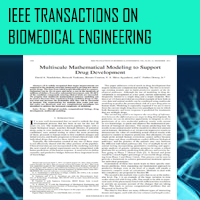
It is widely recognized that major improvements are required in the methods currently being used to develop new therapeutic drugs. The time from initial target identification to commercialization can be 10–14 years and incur a cost in the hundreds of millions of dollars. Even after substantial investment, only 30–40% of the candidate compounds entering clinical trials are successful.
Pericytes of the neurovascular unit: key functions and signaling pathways
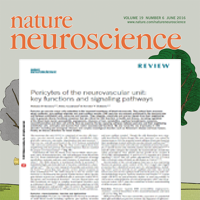
Pericytes are vascular mural cells embedded in the basement membrane of blood microvessels. They extend their processes along capillaries, pre-capillary arterioles and post-capillary venules. CNS pericytes are uniquely positioned in the neurovascular unit between endothelial cells, astrocytes and neurons.
Nitric oxide (NO) produced by vascular endothelial cells is a potent vasodilator and an antiinflammatory mediator. Regulating production of endothelial-derived NO is a complex undertaking, involving multiple signaling and genetic pathways that are activated by diverse humoral and biomechanical stimuli.
OREMPdb: A Semantic Dictionary Of Computational Pathway Models
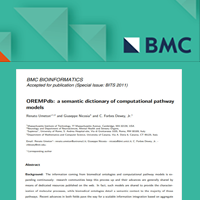
The information coming from biomedical ontologies and computational pathway models is expanding continuously: research communities keep this process up and their advances are generally shared by means of dedicated resources published on the web.
A grand challenge of computational systems biology is to create a molecular pathway model of the whole cell. Current approaches involve merging smaller molecular pathway models’ source codes to create a large monolithic model (computer program) that runs on a single computer.
A Distributed Computational Architecture for Integrating Multiple Biomolecular Pathways
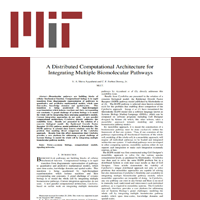
Biomolecular pathways are building blocks of cellular biochemical function. Computational biology is in rapid transition from diagrammatic representation of pathways to quantitative and predictive mathematical models, which span time-scales, knowledge domains and spatial-scales. This transition is being accelerated by high-throughput experimentation which isolates reactions and their corresponding rate constants.
Integrating an Ensemble of Distributed Biochemical Network Models

A new system for integrating an ensemble of distributed biochemical network models is presented.
Selected Citations
Nature Publishing Group – Combinatorial Drug Therapy for Cancer

Computational protocols, such as CytoSolve, allow the combination of alternative models and generation of consensus hypotheses.
Setting a Research Agenda for Progressive MS: The International Collaborative on Progressive MS
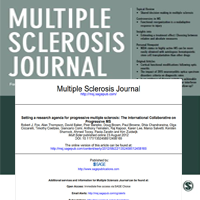
Indeed, computational biology is shifting from diagrammatic representation of pathways to mathematical models. These techniques hold promise to provide the tools for interpreting genetic data across different knowledge domains.
The factual value of genome-wide association studies (GWAS) for the understanding of multifactorial diseases is a matter of intense debate. Practical consequences for the development of more effective therapies do not seem to be around the corner. Here we propose a pragmatic and objective evaluation of how much new biology is arising from these studies, with particular attention to the information that can help prioritize therapeutic targets.
The complexity and multiscale nature of the mammalian immune response provides an excellent test bed for the potential of mathematical modeling and simulation to facilitate mechanistic understanding. Historically, mathematical models of the immune response focused on subsets of the immune system and/or specific aspects of the response. Mathematical models have been developed for the humoral side of the immune response, or for the cellular side, or for cytokine kinetics, but rarely have they been proposed to encompass the overall system complexity. We propose here a framework for integration of subset models, based on a system biology approach.


